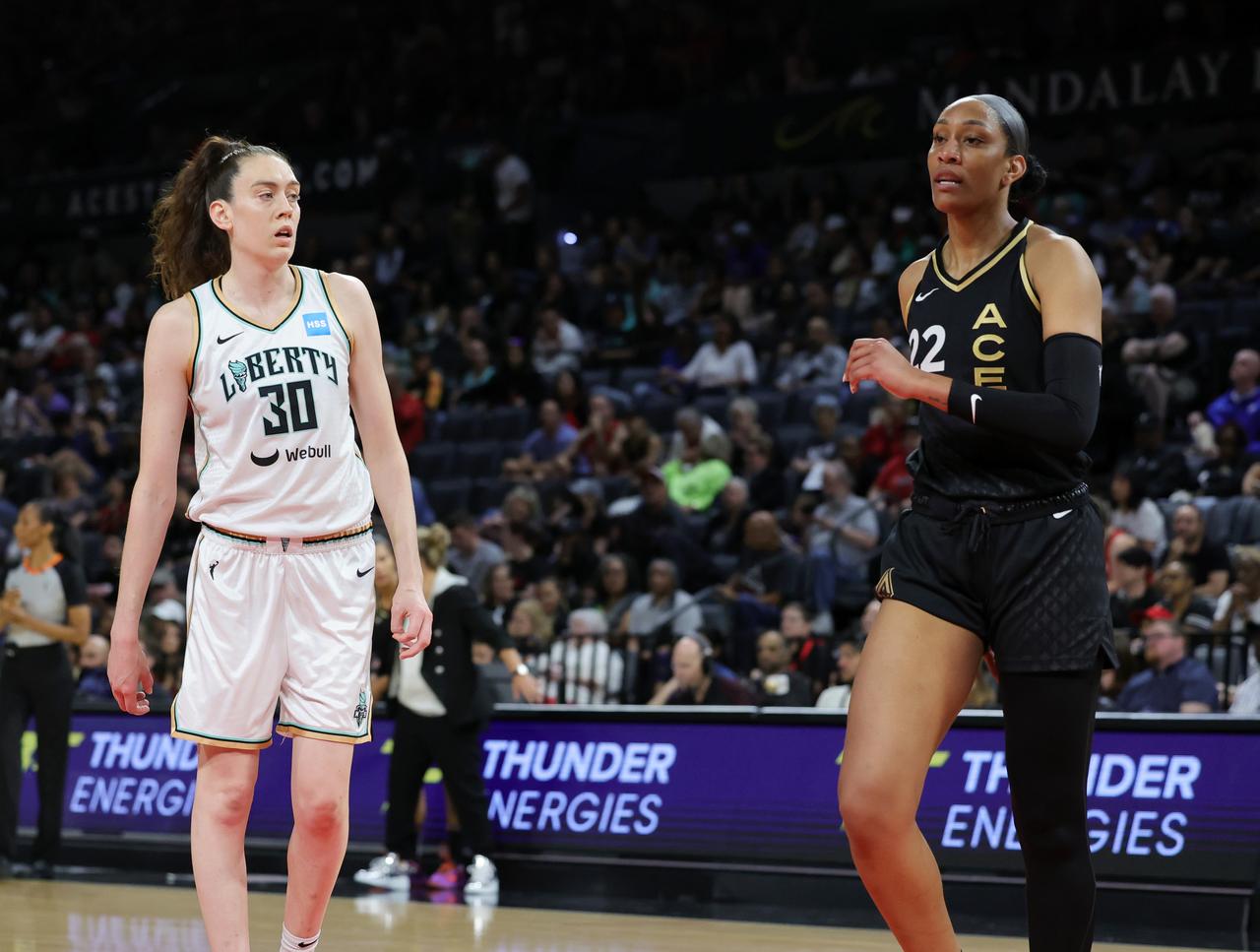Okay, so, let me tell you about my little journey into the world of WNBA depth charts. It all started when I wanted to get a better grip on how these teams operate. You know, who’s playing, who’s not, and why. So, I decided to dig in.
What’s a Depth Chart?
First, I had to figure out what a depth chart even was. Turns out, it’s basically a list of players on a team. It shows the starters and the backups for each position. Pretty straightforward, right? But it’s super useful to see how a team is built and where they might have some, well, depth.

The Deep Dive
Next, I started looking at the actual depth charts for different WNBA teams. I went through each one and made notes. For example, for the Atlanta Dream, I saw that Cheyenne Parker-Tyus was questionable due to a leg issue, and Aerial Powers was definitely out. That kind of info is gold if you’re trying to understand why a team might be struggling or excelling.
- Team Name: Started with the team’s name, because, duh.
- Player Positions: Noted down who played where, like point guard, shooting guard, and so on.
- Injury Status: This was key. Who’s hurt? Who’s out for the season? Who’s day-to-day?
- Starters vs. Bench: Tried to get a sense of who the main players were and who was coming off the bench.
Why It Matters
Now, why did I go through all this trouble? Well, understanding depth charts helps you see the bigger picture. It’s not just about who the stars are. It’s about the whole team. If a team has a lot of good players, even on the bench, they’re considered “deep.” And depth can be a huge advantage, especially when injuries happen, which they always do.
Eligibility and Stuff
I also learned a bit about the WNBA rules. Like, did you know that players have to be at least 22 years old, or have finished college, or be four years out of high school? And there’s this thing called the “core designation” where teams can mark one of their free agents as a core member, basically saying, “This player is super important to us.”
Injuries
I really spent some time on injuries. There’s always something up with one player or another. It really affects the game to have so many moving parts, so many changes to consider. It’s tough to really get a good idea for how the season will go, and you can tell why some teams rise to the top based on who they’re able to keep healthy.
Wrapping Up
So, that’s my adventure with WNBA depth charts. It was a bit of a learning curve, but now I feel like I have a much better understanding of how these teams work. It’s like putting together a puzzle, and each player is a piece. You gotta see how they all fit together to get the full picture. Hope you found this little trip down WNBA lane interesting! It was definitely eye-opening for me. I think it’s important to stay on top of these changes. I’m glad I did this. I hope you are too.

















